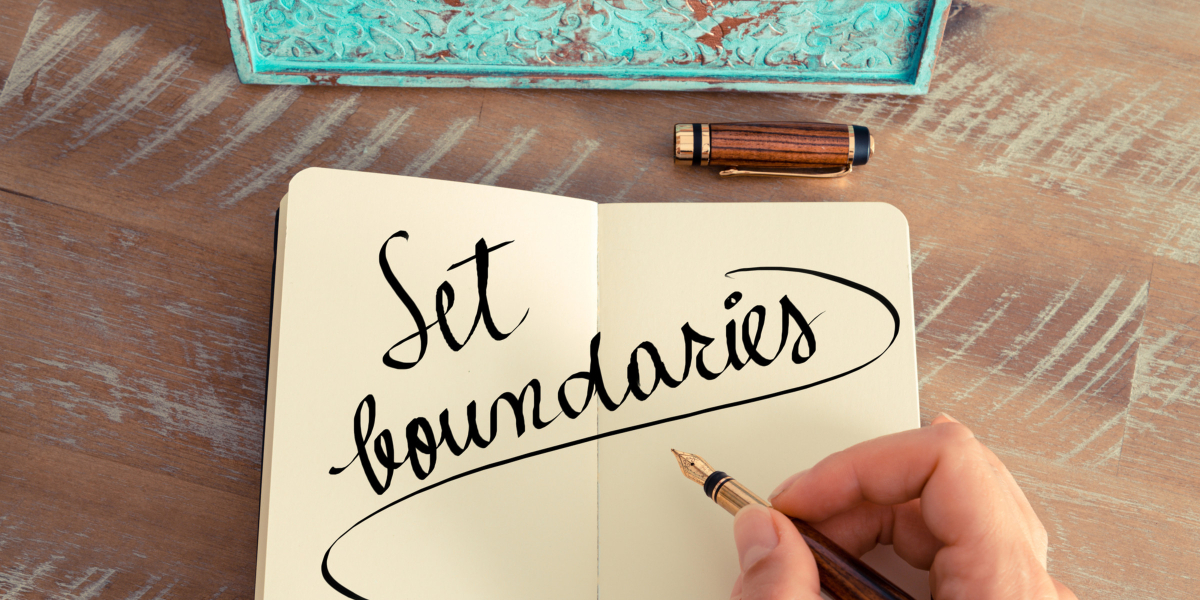
Watching the Olympics, it’s easy to feel inspired. So many strong, able, beautiful bodies all in one place. So many inspiring stories. It motivates me to get my own body into really good shape.
But I, like most of us, am not even close to understanding what athletes go through to get to the Olympics in the first place.
We all know it’s a lot of work. Pre-dawn wake-ups, hard-core work-outs, compromises, schedules, expenses, pain, injury, and rejection.
What we don’t know, because they’re too numerous to count, are how many times the athletes fell down. In practice. At competitions. The first 100 or 1000 times they tried.
What we do see, however, after all the pain, are the phenomenal feats of athletes such as Skater Adam Rippon, Snowboarder Chloe Kim, Cross Country Skier Simen Kreuger, and so many others. We see them when they’re at their best. And, even then, sometimes they fall, and then they get back up again.
And of course, there’s Shaun White, who, after failing to medal in 2014, and after a horrific crash in the Fall of 2017, got back up again to win the Gold in 2018!
What brings these athletes to the Olympics is not only their enormous talent and skill, but their ability to persevere — to get back up after falling — and continue on, right where they left off.
I fall down when I get some sort of rejection in my business. Or when I create an idea for a workshop that just doesn’t fly. Or when I find myself neglecting my work, my health, or my family.
Where do you fall down? What do you do to get back up?
Of course, it hurts to fall down. And the more we fall, the worse it can feel! And, if we’re sensitive or perfectionistic, it might feel almost unbearable. But each time we fall, we’re presented once again, with the chance to get back up and do it even better the next time.
Here are some tips to help you get back up again:
Accept mistakes and misfortunes as part of the game. It’s not about something being wrong with you. Or even that you did something wrong. The more you swim around in feelings of defeat, the more defeated you will feel. Allow yourself to begin to let go of your perception that mistakes and ‘failures’ are wrong. Instead, remind yourself that each misstep is actually a stepping stone towards your goal.
Surround yourself with love and acceptance. Give yourself some much-needed love at those times when you’re feeling down and defeated. Hug yourself, literally, by wrapping your arms across your chest, holding the points above your elbows. Close your eyes, and hold yourself like this, breathing deeply, and imagine a field of love and compassion all around you.
Feel your uncomfortable feelings, and then let them go. It’s okay to feel sad, angry, disappointed, ashamed, frustrated, or scared when you lose your footing. Embrace these feelings, and then let them release. Holding onto them, or resisting them, will only make them stronger in the end. Try deep breathing, meditation, or EFT Tapping to clear away your uncomfortable feelings.
Use your experience as guidance for your next step. What can you learn from your fall? What can you do differently next time? Is there a different way to prepare? Do you have inner blocks or doubts you need to release? Assess your situation, take action, and move forward.
Use Creative Visualization. Visualization is a very popular tool among athletes. Often, you’ll notice that an athlete appears to be going over her routine in her mind, right before a performance. This visual rehearsing helps the subconscious mind remember what to do, automatically. When done consistently, visualization will teach the subconscious mind a new pattern, and the ‘thinking’ brain (with all its fears and limitations) can take a rest.
Reach out for support. One thing is very clear. Athletes need the support of their coaches, teammates, friends, and family. A healthy source of support can help minimize the effects of failure. If you’re feeling unsupported, reach out to a friend, family member, or professional. The right support will help you feel encouraged, so you can build and strengthen your sense of value, confidence, and courage.
What I love about EFT Tapping and Matrix Reimprinting, is that they’re such amazing tools to help when we’ve fallen down. EFT helps to release uncomfortable feelings, and increase a sense of peace and calm. Matrix Reimprinting uses the creative mind to overwrite an old limiting vision with a brand new, positive vision. Invaluable tools to help us get back up again. Contact me to learn more.
In Love and Courage,
Marian
